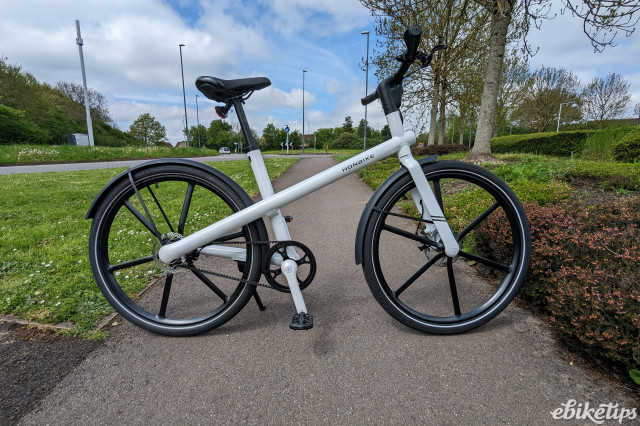The number of publicly available chargers is not keeping pace with the number of battery-powered electric vehicles (EVs) on British roads, according to the UK automotive industry. The Society of Motor Manufacturers and Traders (SMMT) says that rapid charger numbers rose by 82 per cent between 2019 and 2021 – a period during which EV sales jumped by 600 per cent.
The UK’s provision of one rapid charger per 32 EVs is currently the best in the Western world according to SMMT, and behind only China (1:11), South Korea (1:12) and Japan (1:17) worldwide. However, it argues that with EV sales soaring, that infrastructure is far from sufficient.
SMMT Chief Executive, Mike Hawes, said: “The automotive industry is up for the challenge of a zero-emission new car and van market by 2035.
“Delivering this ambition – an ambition that would put the UK ahead of every major market in the world – needs more than automotive investment. It needs the commensurate commitment of all other stakeholders, especially the charging industry as surveys show that range anxiety has been replaced by charging anxiety.”
SMMT is calling for the creation of a new regulatory body, ‘Ofcharge’ (the Office of Charging), to monitor the market, including price levels, and to enforce minimum standards.
It also wants to see targets set to ensure an adequate number of public charge points are installed in all areas.
“Our plan puts the consumer at the heart of this transition, assuring them of the best possible experience backed by an independent regulator,” said Hawes.
“With clear, equivalent targets and support for operators and local authorities that match consumer needs, government can ensure the UK has a charge point network that makes electric mobility a reality for all, cutting emissions, driving growth and supporting consumers across the UK.”
In August last year, Britain’s competition regulator, the Competition and Markets Authority (CMA), said that the UK would need 10 times as many EV charging points before the 2030 ban on petrol and diesel cars.
It described access to charge points as a ‘postcode lottery,’ citing as an example the fact that the number of public charge points per head in Yorkshire and the Humber is a quarter of that in London.
Two elements in particular were highlighted as areas of concern: the availability of charge points at motorway service stations; and the roll-out of on-street charging by local authorities. The CMA also recommended that a public body be tasked with monitoring the sector.
> Shell looks to install 50,000 on-street electric vehicle charge points by 2025






